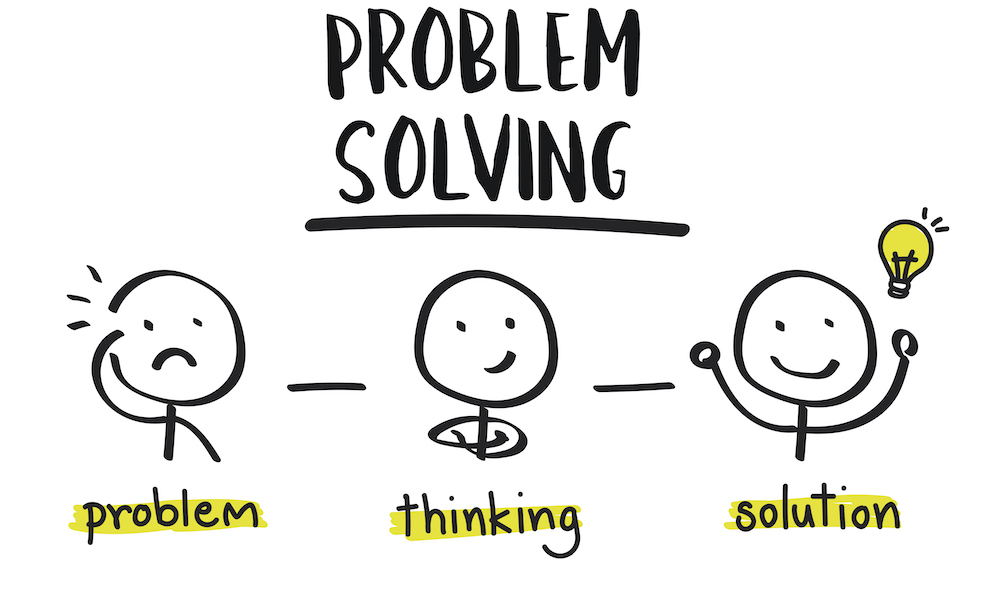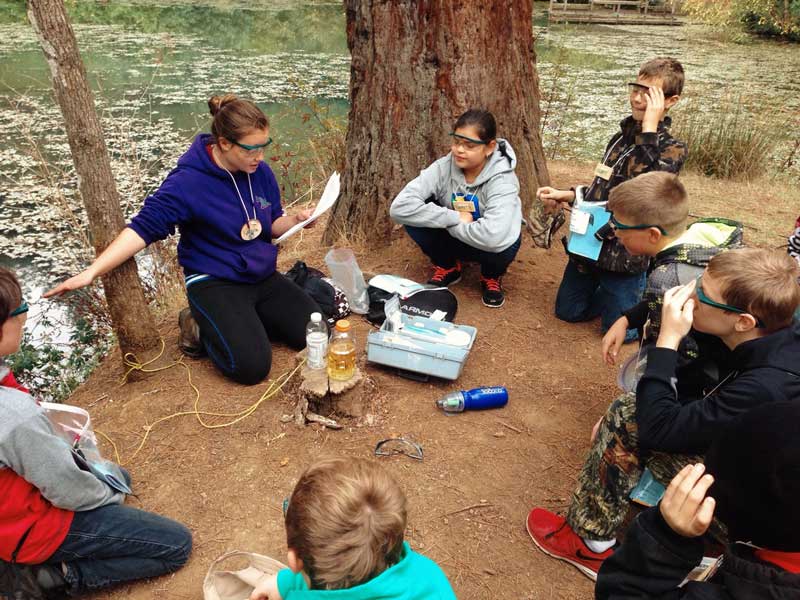
In education, success is not just about grades or test scores; it’s about empowering students to unlock their full potential, develop critical skills, and thrive in diverse settings. One of the most effective ways to achieve this is by creating inclusive learning environments. Inclusive education focuses on embracing diversity and providing equal opportunities for all students, regardless of their background, slot bet 400 ability, or challenges. By fostering an atmosphere of inclusion, educators can maximize each student’s potential, preparing them for future success.
What is an Inclusive Learning Environment?
An inclusive learning environment is one that values diversity and ensures that every student has access to quality education. This environment accommodates students with a variety of learning needs, abilities, and cultural backgrounds, aiming to provide a level playing field for all. Inclusion is not just about physical presence in the classroom; it involves supporting students’ diverse needs, whether related to learning disabilities, language barriers, or socioeconomic challenges.
In such environments, educators use differentiated teaching methods, provide accommodations, and promote a culture of mutual respect and collaboration. This creates a space where students feel valued and are motivated to achieve their best, knowing they have the resources and support they need to succeed.
How Inclusive Learning Environments Drive Success
Inclusive learning environments play a crucial role in maximizing students’ potential and driving their academic success. Here are several ways in which these environments foster achievement:
1. Equal Opportunities for All
One of the key benefits of inclusive learning is that it provides equal opportunities for success. When students have access to the same resources, tools, and support systems, they can excel regardless of their background or ability. For example, providing students with disabilities the accommodations they need—such as extra time for assignments or specialized learning materials—ensures they can participate fully in the educational process.
By removing barriers to learning and ensuring that all students have the resources they need, inclusive environments empower students to focus on their strengths and potential rather than their limitations.
2. Promoting Engagement and Participation
When students feel included and supported, they are more likely to engage in the learning process. Inclusive classrooms encourage active participation, allowing students to contribute their ideas, perspectives, and experiences. This creates a dynamic learning environment where students feel comfortable expressing themselves and collaborating with others.
Engaged students are more likely to retain information, develop critical thinking skills, and achieve academic success. In inclusive environments, engagement is fostered by allowing students to work together, explore different perspectives, and learn from one another’s experiences.
3. Building Confidence and Self-Efficacy
Inclusive learning environments help build self-confidence in students by emphasizing their strengths rather than focusing on their challenges. When students feel that they belong and are supported, they are more likely to believe in their ability to succeed. This sense of self-efficacy—the belief that they can accomplish tasks and achieve their goals—drives students to take risks, persist through challenges, and strive for excellence.
As students overcome challenges and achieve success in an inclusive setting, their confidence grows, and they are motivated to continue setting and achieving higher goals.
4. Encouraging Collaboration and Teamwork
Inclusion is not just about individual achievement; it’s also about fostering a sense of community and encouraging collaboration. Inclusive classrooms often involve group activities, projects, and discussions, where students work together to solve problems, share knowledge, and learn from each other. This promotes a culture of cooperation and teamwork, which is essential for success in both academic and professional settings.
Collaboration in an inclusive environment teaches students how to respect and value diverse perspectives, negotiate, and work effectively with others. These interpersonal skills are vital for success in the workforce, where collaboration is often key to problem-solving and innovation.
5. Developing Critical Life Skills
Inclusive learning environments are not just about academic success; they also help students develop important life skills. In an inclusive classroom, students are often encouraged to be adaptable, resilient, and open-minded. They learn to navigate different perspectives, manage conflicts, and adapt to varying situations.
These critical life skills are important not only for academic achievement but also for personal and professional growth. Students who are exposed to diverse ideas and experiences develop emotional intelligence, problem-solving skills, and cultural awareness, which are highly valued in the global job market.
The Long-Term Impact of Inclusive Learning Environments
The benefits of inclusive learning extend beyond the classroom. Students who thrive in inclusive environments are better prepared for the challenges they will face in the future. Whether it’s in higher education or the workforce, these students have developed the skills and mindset needed to succeed in diverse and competitive settings.
By maximizing the potential of every student, inclusive learning environments contribute to the development of well-rounded individuals who are capable of succeeding in a complex, interconnected world
Maximizing student potential is at the heart of inclusive education. By providing equal opportunities, fostering engagement, and promoting collaboration, inclusive learning environments help students unlock their full potential and succeed academically and personally. These environments equip students with the confidence, skills, and mindset needed to thrive in an increasingly diverse and competitive world. As the importance of inclusivity continues to grow in education, its impact on student success is undeniable.






